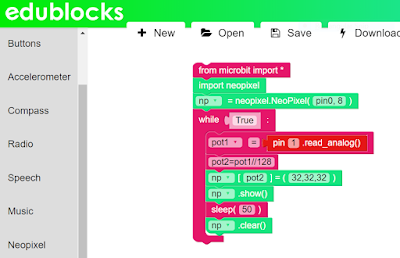via GIPHY
Young Coders Competition 2019
The Young Coders Competition is a competition for primary schools aimed at helping teachers to become more confident with teaching coding skills. Any educator working with primary school aged children (e.g. Teacher, Code Club Leader, etc) can run the competition whether they are familiar with coding or completely new to it.
All the session planning is done for you so you can learn alongside your pupils. The resources include
- 12 weeks of lesson planning for absolute beginners (children and teachers!)
or
- shorter 6 week version for those who already have a little experience with using Scratch.
The resources can be used for computing lessons or to run within an after-school club.
It is open for children in years 4, 5 and 6 working in teams of 3 - 6 children.
The aim is to create a short computer game using Scratch featuring super heroes who use their super powers for good.
As well as planning, the pack also includes:
· Introductory assembly slides and script to launch the competition/club in your school
· A3 poster to remind children about the competition
· Educators FAQs with all key information you need close at hand
· Student ‘cheat sheet’ with all the key rules on, so you don’t have to keep reminding them!
The Young Coders competition is a collaboration between the Worshipful Company of Information Technologists, Computing Subject within the University of Northampton and the STEM Ambassador Hub East Midlands.
By taking part in this competition, the children get a chance at becoming the Young Coders Crew 2019. Each child in the winning 3 teams will receive personalised certificates and all children will receive certificates of participation.
Competition Rules
· You must be in years 4, 5 or 6 to enter.
· You must have a team of 3 to 6 children to enter.
· You must create a game in Scratch relating to the theme: Superheroes who use their powers for good.
· Any violence, even for the greater good, will mean automatic disqualification.
· After you have finished making your game, you must create a 2 minute video explaining what you did, how it works and how your game meets our marking criteria.
· Videos must be submitted by Friday 23rd May
· The judging criteria is as follows:
Functionality and innovation (50%)
|
Marketing (25%)
|
Community responsibility (25%)
|
Does the game work as intended?
Is the game easy to use?
Is the game imaginative?
Does the game include original and well-written code?
|
Aesthetics of the game – Does the game display correctly and look nice?
Creativity and design of your game’s name
Presentation of your game on the video
|
Is your game accessible for its target audience? I.e., is it suitable for the age range you built it for?
How does your game address the theme of Superheroes doing good?
|
All opinions in this blog are the Author's and should not in any way be seen as reflecting the views of any organisation the Author has any association with. Twitter @scottturneruon



















